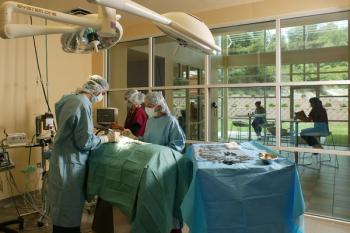
Instrument processing areas are spaces that are seldom thought about but are a key component to a hospital’s design
Vicki Pollard is a certified veterinary technician and veterinary architect at Animal Arts in Boulder, Colorado. She also speaks at the Veterinary Economics Hospital Design Conference.

Instrument processing areas are spaces that are seldom thought about but are a key component to a hospital’s design
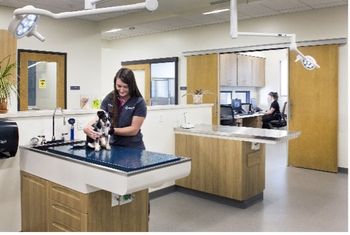
Updates to safety measures for handling hazardous drugs
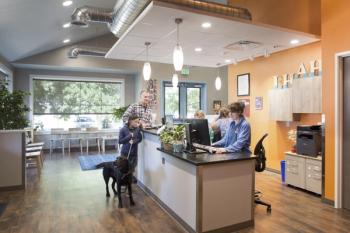
Learn how to design a hospital that aligns with your mission, values, and culture
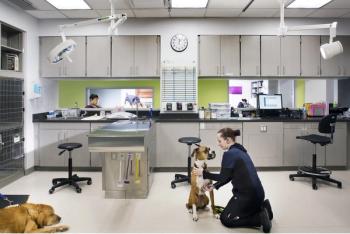
Designing your veterinary hospital can feel like putting together a 1000-piece jigsaw puzzle. For some, this can be an easy task, but for most of us, it’s daunting.

Learn key hospital design protocols to help protect patients and staff

This happens in the contractor submittal process of your veterinary clinic redesign or new build, and its why you should keep your architectural team involved until the end of the project. Especially when it comes to installation of new products.

USP 800 is very important in how your faculty handles compounded drugs, says veterinary architect Vicki Pollard, CVT, AIA, at HospitalDesign360 conference.

Skeptics may worry that big hospital chains will stop innovating in veterinary hospital design because it can be price-y. This HospitalDesign360 conference speaker says, No way.

We've moved beyond rows of straight chairs in a face off.

If one surface or piece of equipment is slightly out of place, you're going to regret it after the 10,000th time reaching for it. Save wear and tear on every member of your staff by making a point of placement.
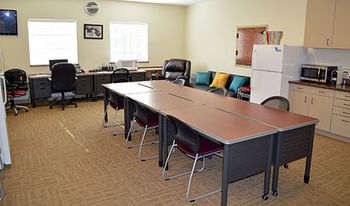
You need to save money, but are you sure your veterinary hospital break room needs to be a dark, cramped closet? Remember: The same people who made your practice so successful in the first place are going to be using that room.

Veterinary architect says look to mobile clinics when considering minimum space requirements.

Flex that space for the benefit of clinic and clients.

Smart design can keep stress low and patients at ease.

Cat-friendly exam rooms and low-noise dog kennels are one thing. This veterinary architect offers a trio of ideas to pay special attention to birds, lizards, snakes and smaller mammals.

The largest gathering of veterinary designers is a one-stop for your project.
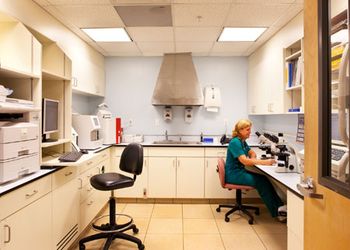
This area is often a forgotten space in your hospital, but highly-trained team members spend a lot of time working in this space. Putting thought into its design will foster better patient care and staff efficiency.

Published: April 21st 2022 | Updated:
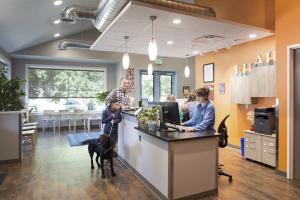
Published: February 1st 2023 | Updated:
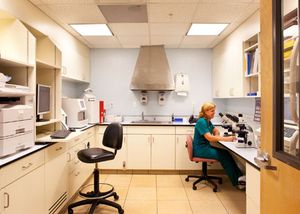
Published: March 28th 2017 | Updated:

Published: March 29th 2017 | Updated:

Published: July 10th 2017 | Updated:

Published: September 20th 2017 | Updated: